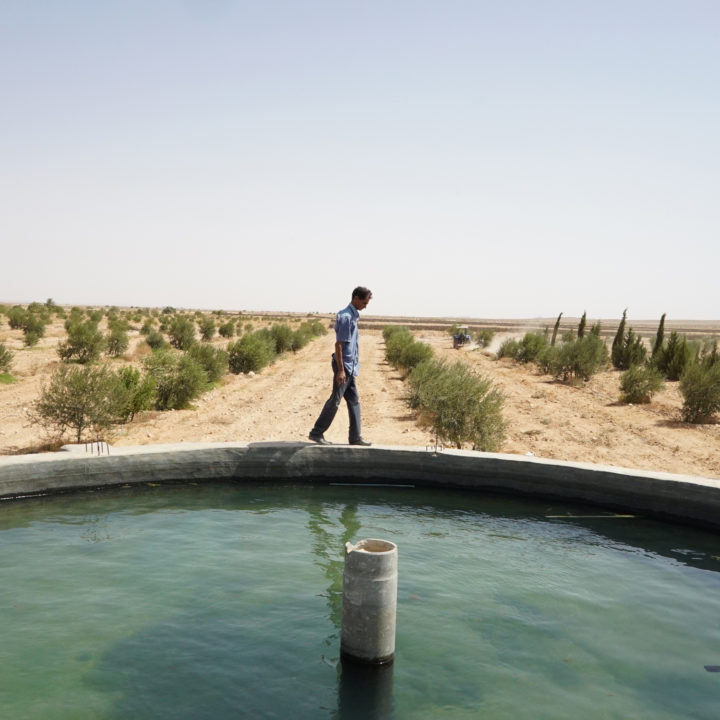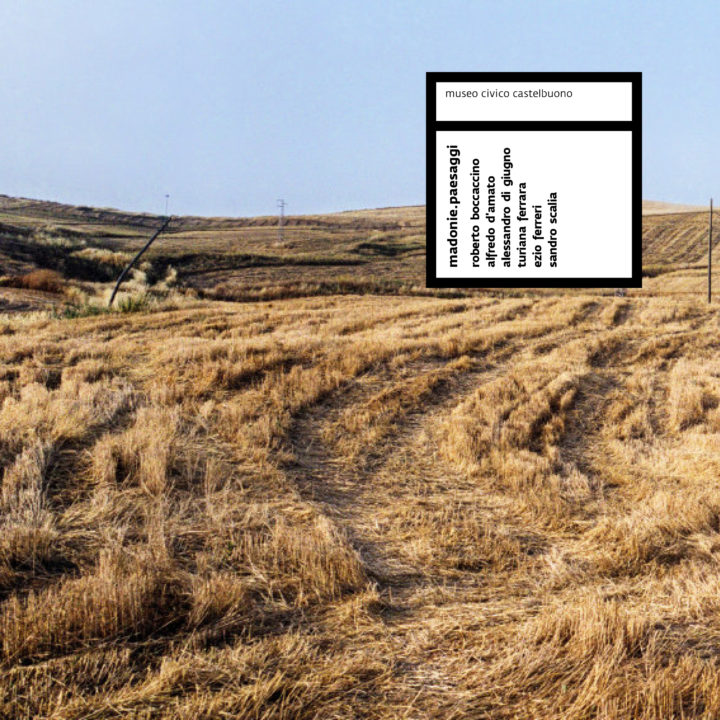Images of ‘Rescue at sea’ on Aljazeera
This shipwreck, coupled with a similar tragedy off the island of Lampedusa on October 3, 2013, resulted in 366 deaths. In response, Italy launched Operation Mare Nostrum (“Our Sea” in Latin), in which the country’s navy and coast guard rescue migrants attempting to cross the Mediterranean. Tens of thousands have been picked up and brought to immigrant reception centres
So far, more than 100,000 migrants have reached Italy since the start of the year, a big jump from previous years and the highest in a decade. In one 48-hour period earlier this week, 4,000 people were rescued by Mare Nostrum. Within a span of five days, from August 22-27, 300 others died, most because their boats overturned. So far this year, 1,889 migrants have died crossing the Mediterranean, according to the UNHCR, the UN’s refugee agency.
Among the perils the migrants face on their odyssey are warfare, abusive smugglers, imprisonment, starvation and shipwreck.
Most of them leave from the Libyan coast, about 300 kilometres away from the Italian island of Lampedusa in the Mediterranean Sea. The journey is dangerous, with smugglers often packing the migrants in crowded, unseaworthy ships. Many drown when the boats capsize; others suffocate in the cramped vessels.The migrants come from poor or war-torn countries in Africa, the Middle East and South Asia. The largest number – about 30 percent – come from Eritrea, where many young men and women seek to avoid military conscription.About 19 percent of the migrants arriving in Italy are Syrians fleeing the country’s three-year-long civil war, which has left hundreds of thousands dead. The third-biggest group comes from Mali, which has also been ravaged by unrest and civil war.




